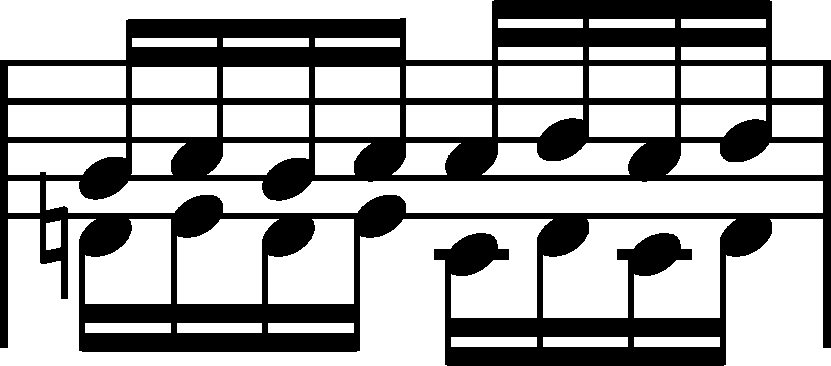



|
b. 6
|
composition: Op. 10 No 3, Etude in E major
..
In the main text we include the fingering written by Chopin in FED. The abundant fingering of Fontana in EE includes, among others, an identical indication of double use of the 4th finger. category imprint: Differences between sources issues: Annotations in teaching copies , EE revisions , Annotations in FED |
|||||||||
|
b. 6-7
|
composition: Op. 10 No 3, Etude in E major
..
In FE, in the part of the R.H. there are visible traces of correcting up to six erroneous notes in this bar. The engraver's errors resulted here from the routine approach, assuming the presence of the simplest figuration schemes – category imprint: Source & stylistic information issues: Errors in FE , Authentic corrections of FE |
|||||||||
|
b. 6
|
composition: Op. 10 No 3, Etude in E major
..
At the time of writing AI, Chopin was still looking for the best melodic continuation for the first, five-bar-long phrase. In the 1st half of the bar, after numerous deletions, he wrote two versions, out of which it was eventually the second one that was adopted, marked in this manuscript as ossia. The only version of the 2nd half of the bar was then changed in A. category imprint: Differences between sources; Corrections & alterations issues: Chopin's hesitations |
|||||||||
|
b. 6
|
composition: Op. 10 No 3, Etude in E major
..
The fact of shortening the category imprint: Differences between sources issues: Inaccuracies in FE |
|||||||||
|
b. 6
|
composition: Op. 25 No 1, Etude in A♭ major
..
Neither in AI nor in A is the type of accent Chopin thought of here clear. The sign is visibly shorter in AI than in A, therefore, we interpret it as a short and long accent, respectively. This is how we give it in the main text. According to us, it is highly likely that a long accent was written also in the base text to FE, reproduced inaccurately as category imprint: Differences between sources; Corrections & alterations issues: Long accents |




 .
.


 in
in 
 in
in 



 in
in